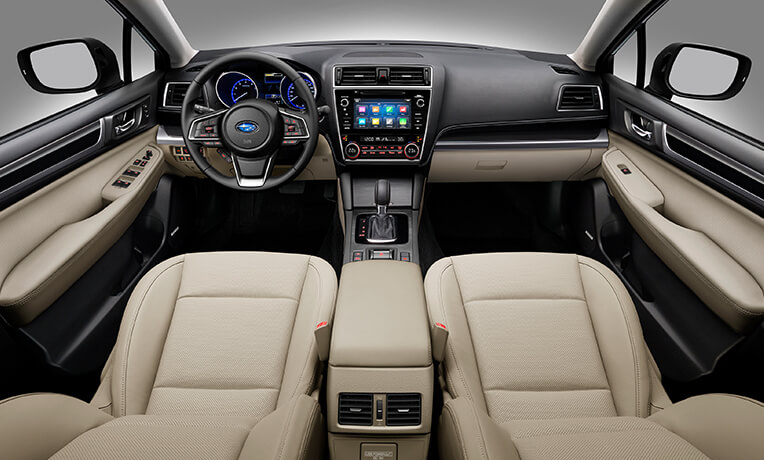Primary Safety
Since the beginning, Subaru has been motivated by the desire to deliver peace of mind and enjoyment on every drive.
Even in advertisements for the Subaru 360 (launched in 1958), Subaru appealed the value of a wide field of vision that allows drivers to safely check left and right at railroad crossings.
Primary Safety focuses on improving vehicle safety at the underlying design stage, not by adding features later.
Easy to drive, fewer accidents.
Subaru is the predecessor of aircraft manufacturer, pursuing the “collision-free automobiles” to avoid the error in operation and judgement. Inheriting the philosophy of safety, Subaru focuses on the primary design such as surface and operation, thereby we pursue clear, useful and comfortable space where driver can concentrate on driving easily.
In pursuit of collision-free vehicles.
Subaru vehicles are designed so that objects approximately one metre in height can be seen clearly through the windows on each side.
This design allows drivers to check properly for children and other obstacles in the surrounding area. Every aspect of the vehicle, right down to the position of the side mirrors and shape of the triangular windows built into the doors, is designed for a specific purpose.
In fact, our Primary Safety know-how can be found in the most unlikely places, such as in the driving position and low-fatigue seats that make driving easier, and even in our intuitive switches.
When drivers are free to concentrate on driving, accidents are far less likely to occur. That is why Subaru approaches vehicle design with accident avoidance firmly in mind.
Visibility optimised for every condition
Early detection of danger can help avoid accidents. Subaru have concentrated efforts on minimising blind spots and improve visibility even under difficult conditions such as driving in rain or at night.
Blind spot minimisation
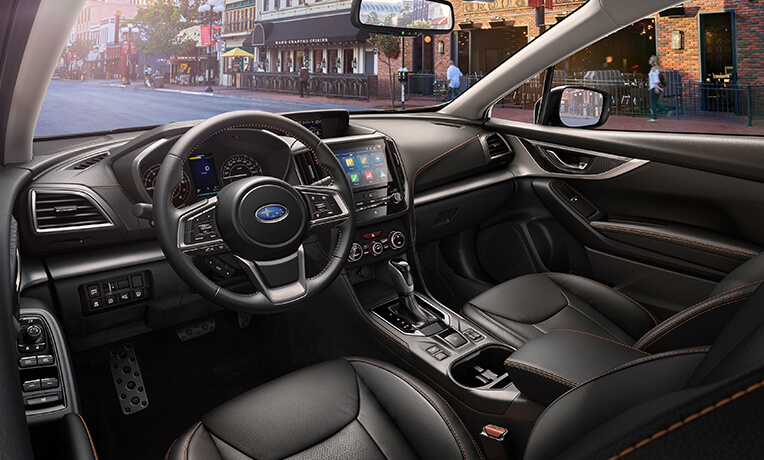
Subaru is committed to designs that minimise blind spots and provide excellent visibility from the driver’s seat. The width of each pillar is minimised where possible to enlarge the windshield area while ensuring the same level of passenger protection, and the windshield wipers are stored out of line of sight to provide maximum visibility to the driver. The shape of the body is also designed for giving the driver an easier recognition of the car’s dimensions. Excellent visibility and no obstructions to line of sight means safer driving.
Automatic Headlamps
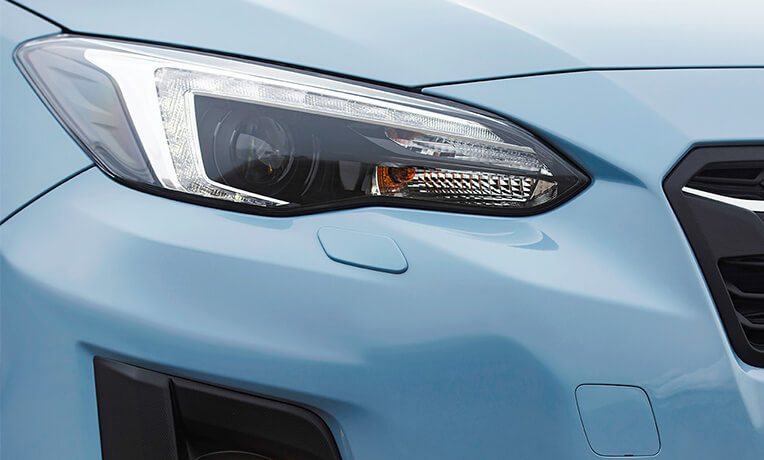
A light sensor turns on the headlamps automatically at dusk, which prevents the driver from forgetting to turn the lamps on when driving in the evening or in tunnels where accidents are common. In addition to ensuring a better visibility from the driver's seat, it also gives cars visible presence to the others. Subaru's safety philosophy provides a safe environment for the driver, passengers, other cars and pedestrians.
Automatic Rain Sensor
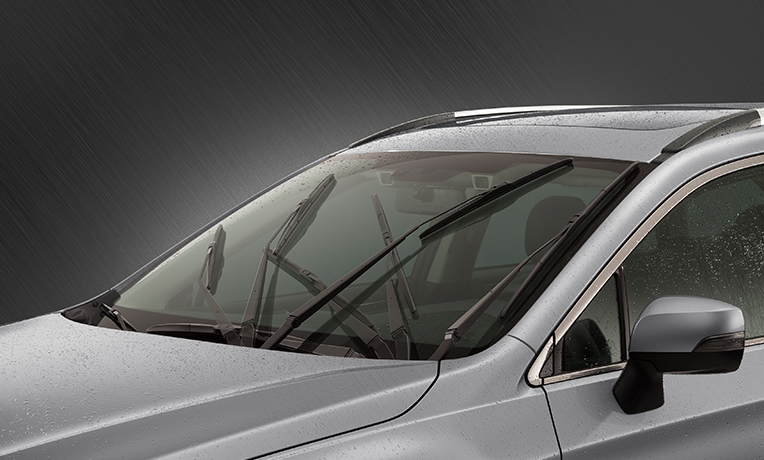
A sensor detects rainfall on the windshield and turns on the wipers, adjusting the wiping interval and speed according to the amount of rain. It helps driving in conditions where the driver needs to concentrate on steering and driving in heavy rain, snow or other challenging road conditions.
Optimal Driving Position.
Optimal driving position that allows drivers natural movement of their arms and legs, reducing fatigue and helping to improve safety and comfort while driving. It also helps the driver to steer the car precisely for taking evasive action when the risk of an accident occurs. Subaru's cockpit is designed to be adjusted so that every driver can find their optimal driving position.
Adjustable Driver’s Seat
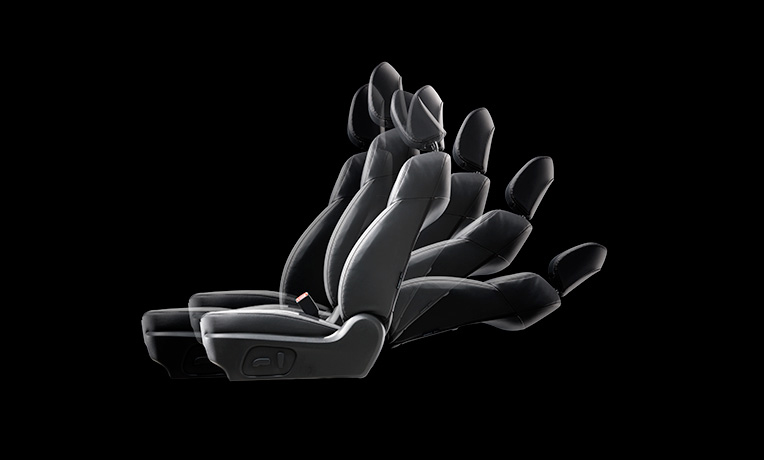
Subaru driver's seats have adjustment mechanisms so drivers of any stature can find their optimal driving position. The electric seat lifter, tilt, slide and reclining functions allow the driver to set their most comfortable seat position. A relaxed driving position offers less fatigue when driving for long hours, which in turn helps to increase safety.
Tilt-adjustable Telescopic Steering Wheel
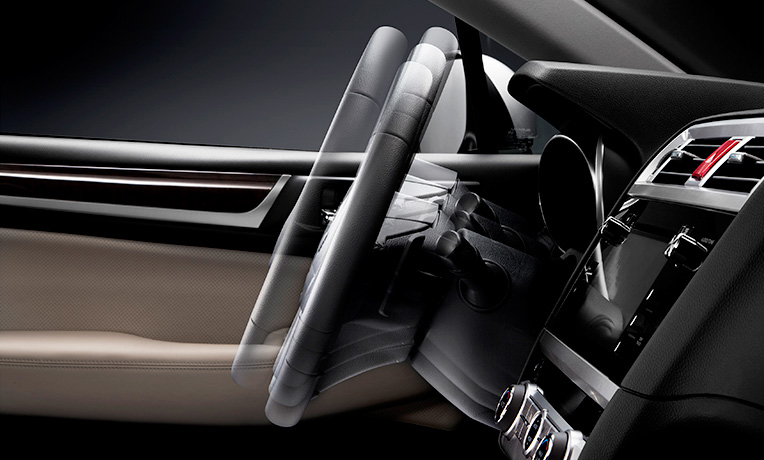
The adjustable steering wheel tilts up-down and telescopes in-out. It helps the precise steering operation and reduces the risk of collision.
Comfortable Seats
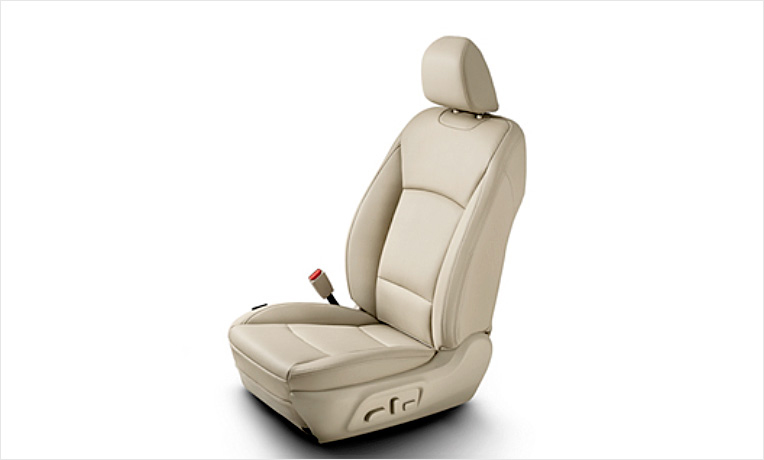
Subaru seats have an ergonomic design, resulting in a comfortable seat with less fatigue and absorbing the vibrations from the road surface.
The weight of the passengers is distributed evenly over a wide surface area of the seat. It provides comfort with moderate softness, whilst giving firm support of the body for less fatigue when driving on long journeys.
Intuitive Interface
Drivers can sometimes have a lapse in concentration when checking the navigation screen or adjusting the Air Conditioning. To prevent this from happening, Subaru has designed an interface layout that is easy to use. One example of this is the placement of the navigation screen so that the driver does not need to shift their line of vision too far. The Air Conditioning system uses large knobs and switches so that they are able to check their position intuitively without having to take their eyes off the road. Audio controls are clustered around the spokes on the steering wheel so that the driver can make adjustments without having to move their hands away from the wheel. All of these design features make for a driving cabin where the driver can concentrate purely on the road ahead.
